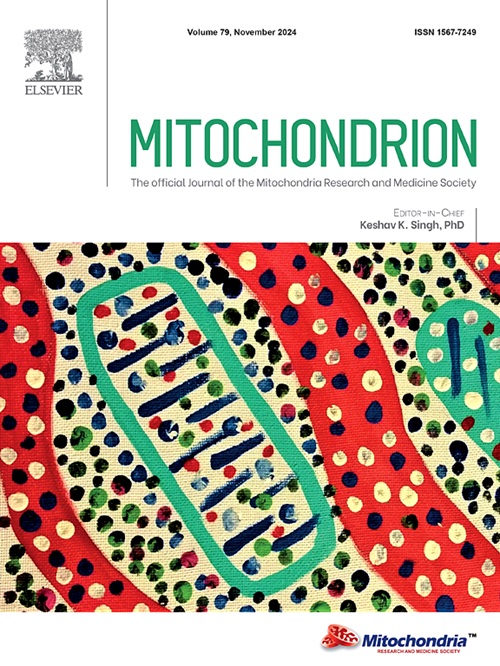Pearson syndrome with atypical presentation of short stature and atypical limb proportions – First reported case in Slovakia
IF 4.5
3区 生物学
Q2 CELL BIOLOGY
引用次数: 0
Abstract
In this case report, we describe an individual with Pearson syndrome, representing the first reported case in Slovakia. The patient was 1.5-year-old boy with pancytopenia including macrocytic anemia, neutropenia and thrombocytopenia, pancreatic insufficiency, hepatopathy, psychomotor development delay, short stature and failure to thrive. The patient also had atypical symptoms for Pearson syndrome, including atypical limb proportions and facial dysmorphism, which contributed to the delay in correct diagnosis. In the whole exome sequencing (WES) analysis, virtual panels targeting genes associated with inborn errors of immunity and anemia were selected based on the patient’s clinical phenotype, however no pathogenic variant was identified within these panels. During the evaluation of secondary findings, a pathogenic deletion, m.10952_15371del, was detected in mitochondrial DNA in a heteroplasmic state (55.8% in peripheral blood), leading to the diagnosis. Subsequently, MLPA analysis confirmed this deletion in other patient tissues (urine, bone marrow aspirate, buccal swab) with the highest level of heteroplasmy (70%) detected in the urine sample. Our study emphasizes the importance of a comprehensive diagnostic approach, including the analysis of several tissues, especially in the diagnosis of clinically complex mitochondrial diseases.
皮尔逊综合征与矮小的非典型表现和非典型肢体比例-第一例报告在斯洛伐克
在这个病例报告中,我们描述了一个皮尔逊综合征的个体,代表了斯洛伐克第一个报告的病例。患者为男孩,年龄1.5岁,全血细胞减少症包括巨细胞性贫血、中性粒细胞减少症、血小板减少症、胰腺功能不全、肝病、精神运动发育迟缓、身材矮小、发育不良。患者还具有非典型的Pearson综合征症状,包括非典型肢体比例和面部畸形,这导致了正确诊断的延迟。在全外显子组测序(WES)分析中,根据患者的临床表型选择了针对先天性免疫缺陷和贫血相关基因的虚拟组,但在这些组中没有发现致病变异。在评估次要发现时,在异质性状态的线粒体DNA中检测到致病性缺失m.10952_15371del(外周血55.8%),导致诊断。随后,MLPA分析在其他患者组织(尿液、骨髓抽吸液、口腔拭子)中证实了这种缺失,尿液样本中检测到的异质性最高(70%)。我们的研究强调了综合诊断方法的重要性,包括对几种组织的分析,特别是在临床上复杂线粒体疾病的诊断中。
本文章由计算机程序翻译,如有差异,请以英文原文为准。
求助全文
约1分钟内获得全文
求助全文
来源期刊

Mitochondrion
生物-细胞生物学
CiteScore
9.40
自引率
4.50%
发文量
86
审稿时长
13.6 weeks
期刊介绍:
Mitochondrion is a definitive, high profile, peer-reviewed international research journal. The scope of Mitochondrion is broad, reporting on basic science of mitochondria from all organisms and from basic research to pathology and clinical aspects of mitochondrial diseases. The journal welcomes original contributions from investigators working in diverse sub-disciplines such as evolution, biophysics, biochemistry, molecular and cell biology, genetics, pharmacology, toxicology, forensic science, programmed cell death, aging, cancer and clinical features of mitochondrial diseases.
 求助内容:
求助内容: 应助结果提醒方式:
应助结果提醒方式:


